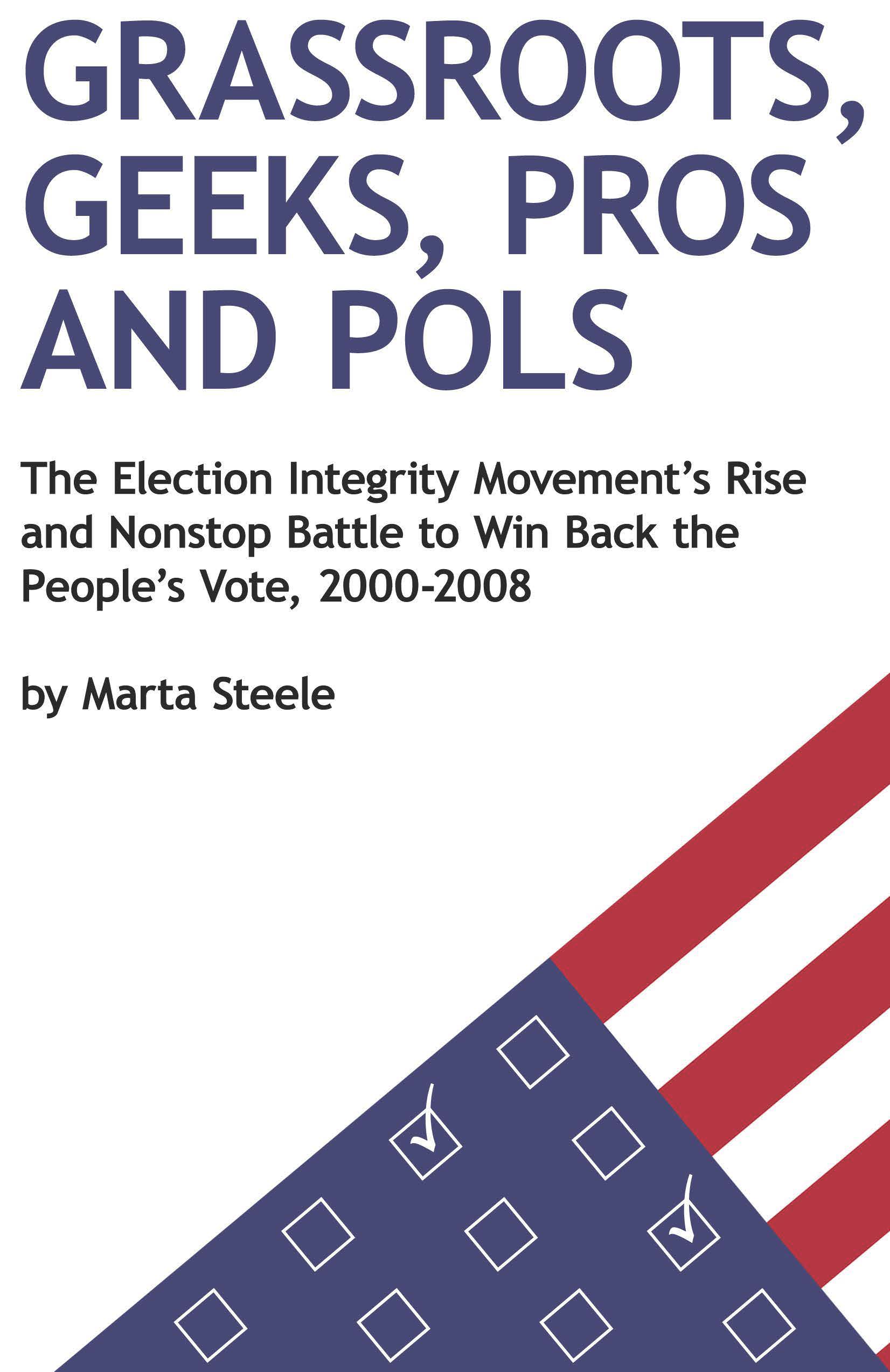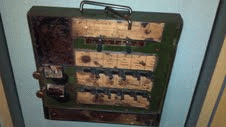In a lively and provocative panel discussion on May 16 at George Washington University (GWU) in Washington, DC, a panel of experts addressed and spoke with a roomful of experts on the trials and tribulations of the prospect that two-thirds of the states are planning to implement Internet voting (which I will call I-voting, to distinguish it from the more generic term e-voting) in the critical election year of 2012.
Moderated by GWU's Dr. Lance Hoffman, director of the Cyber Security Policy and Research Institute (CSPRI, also cosponsor), the panel included attorney Matt Masterson, the Deputy Elections Administrator for the Ohio Secretary of State and member of the Elections Assistance Commission's guidelines committee; J. Alex Halderman, assistant professor of computer science and engineering at the University of Michigan; and Dr. Costis Toregas, assistant director of the CSPRI.
Sponsoring the panel, which attracted participants from as
far away as Florida and California, was the GWU-based CSPRI, founded to promote
interdisciplinary research on problems related to computer security and
information assurance.
The event was co-sponsored by the grassroots group Verified
Voting, founded in 2002 by cyber experts and computer scientists as well as
concerned citizens, and now headed by Pam Smith, who addressed the group at the
beginning and end.
Said Smith, there are all sorts of systems transmitting
votes over the Internet. Among them are two laudable endeavors: emailing
ballots overseas to be printed up and faxed or mailed back, and online
registration, once the glitches are addressed, especially those produced by
corrupt practices.
It is the ease with which the Internet can be hacked into [and
a 100 percent probability of that, Halderman added later] that should hinder
the proliferation of I-voting before its time--that is, before breakthroughs
accomplish what seems today to be impossible, the security and integrity of our
votes. (Today one hundred percent of I-voting invites fraud, said Halderman
later.) When the needed breakthroughs are made, which may not be for decades, we
can progress.
Until then, transparency and security are best accomplished
through hand-counted paper ballots (hcpb). There was some applause from the
group, though differences of opinion were evident.
*****
Halderman, the first panelist to speak, noted that
electronic voting in this country is the product of vendors with minimal input
from computer scientists, who comprise a sizable majority of activist groups
inveighing against such machinery, and who succeeded in sharply reducing the
number of direct-recording electronic voting machines (DREs) to one-third of
all used; the other two-thirds are optical scanners (opscans), with a
smattering of hcpb used in New Hampshire and far too few other places.
Next Page 1 | 2 | 3 | 4 | 5 | 6 | 7
(Note: You can view every article as one long page if you sign up as an Advocate Member, or higher).






